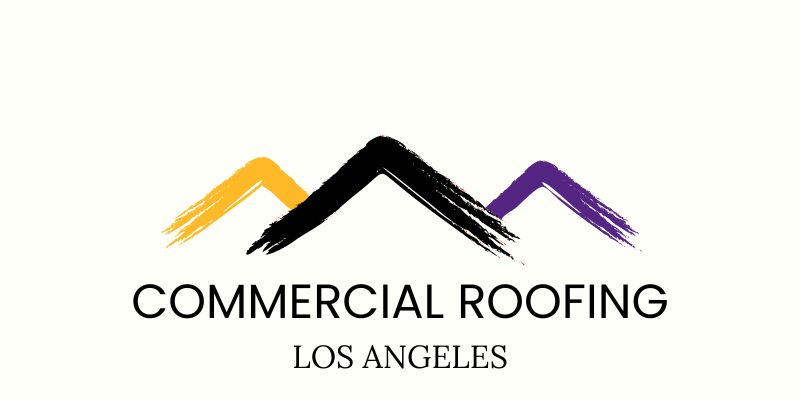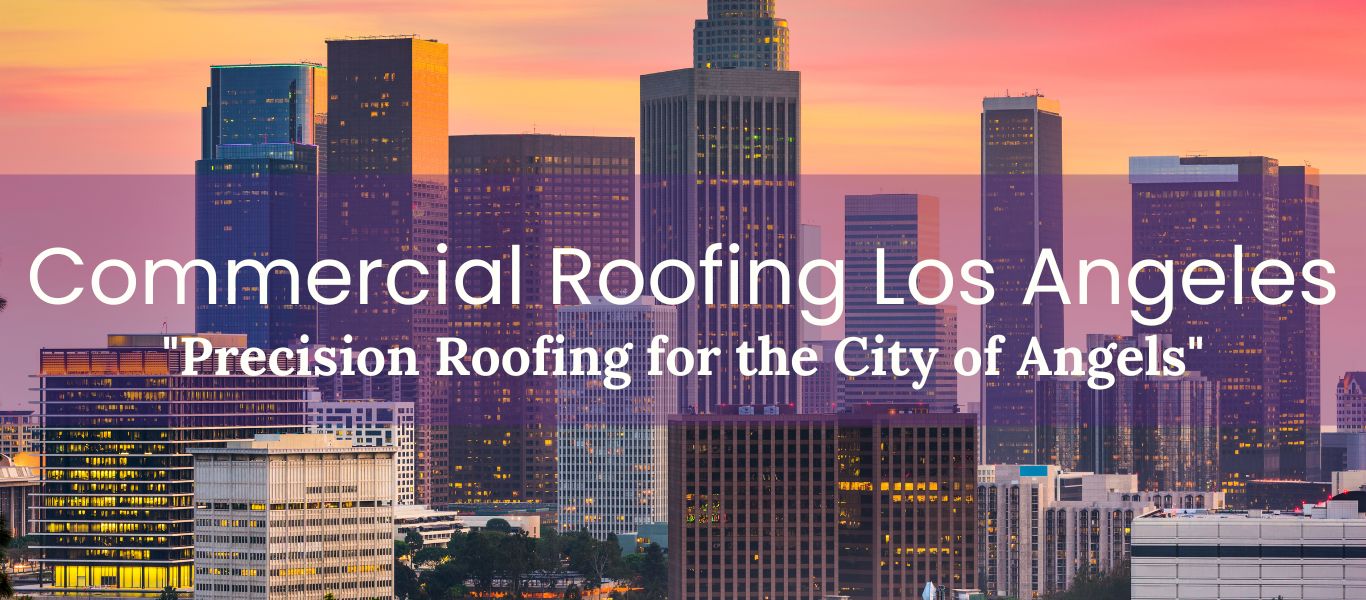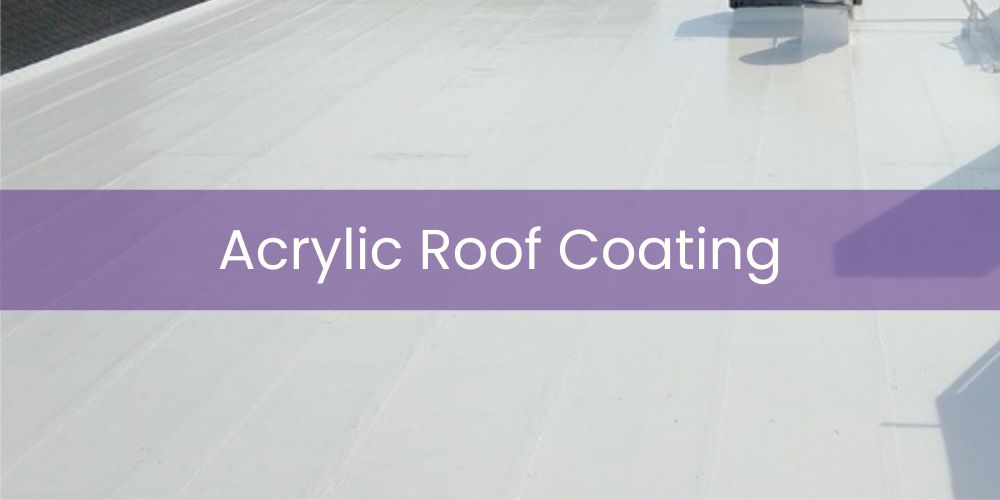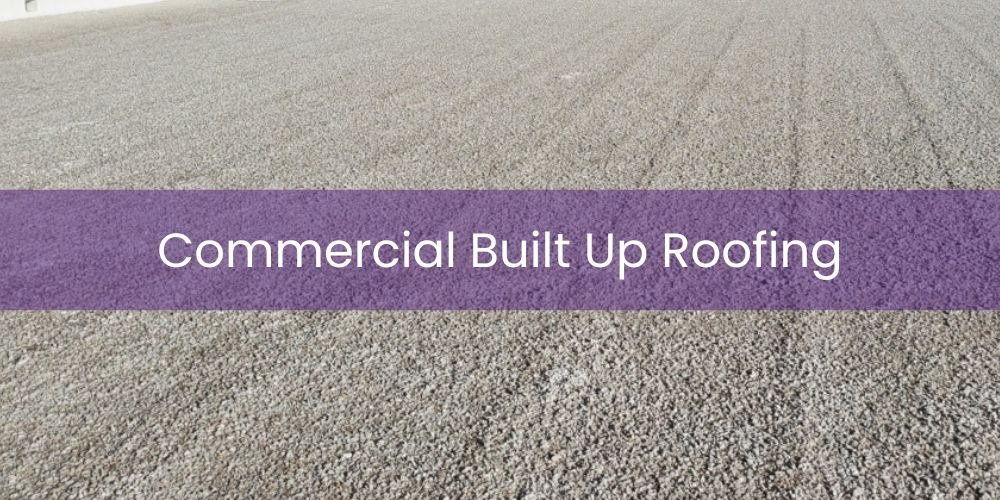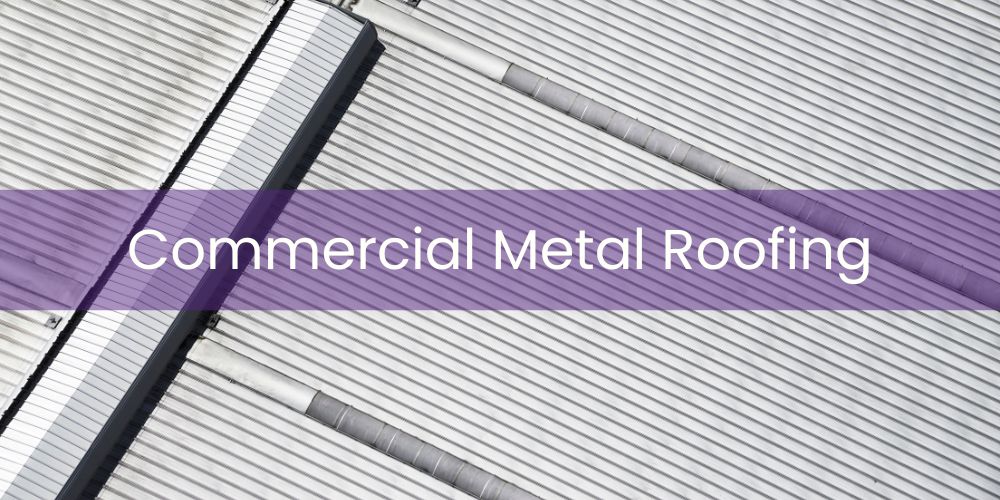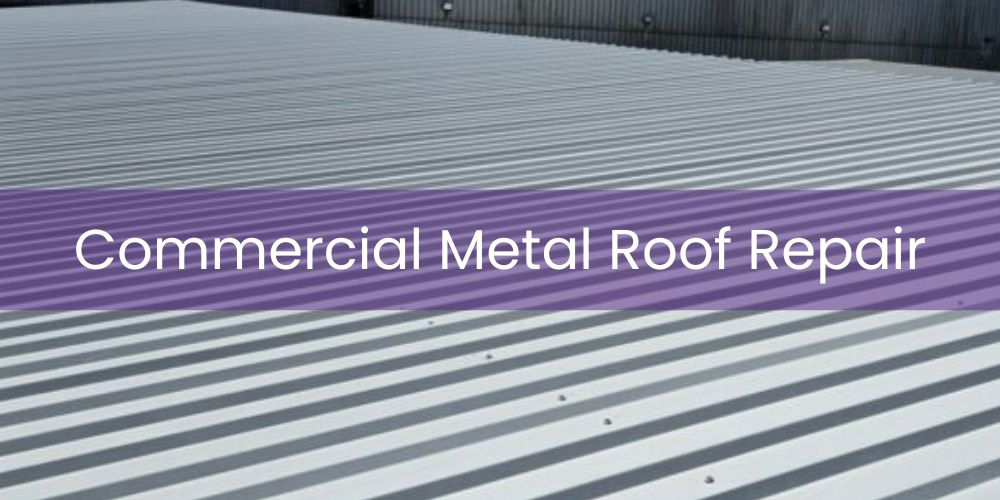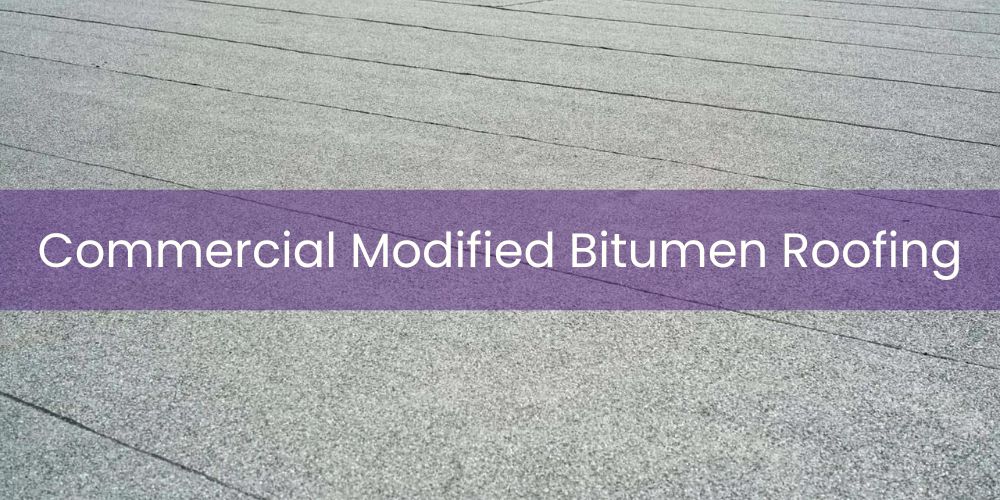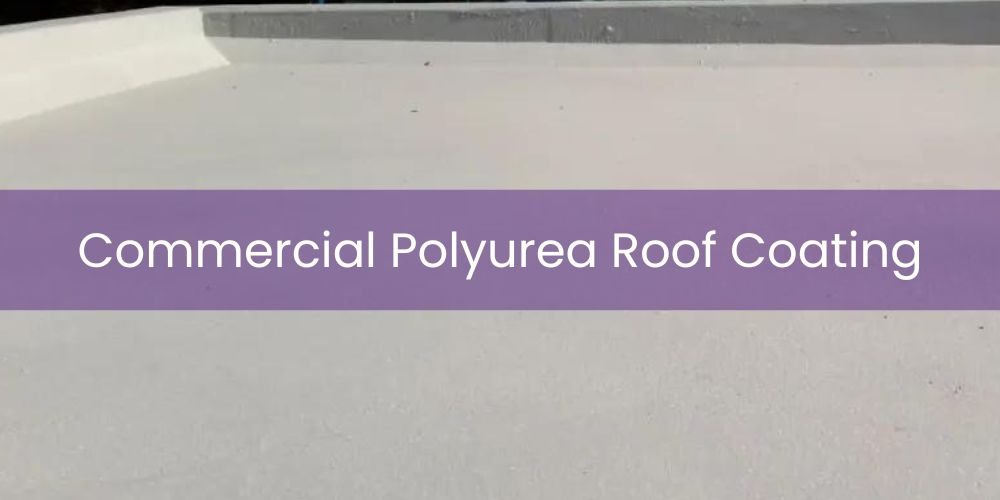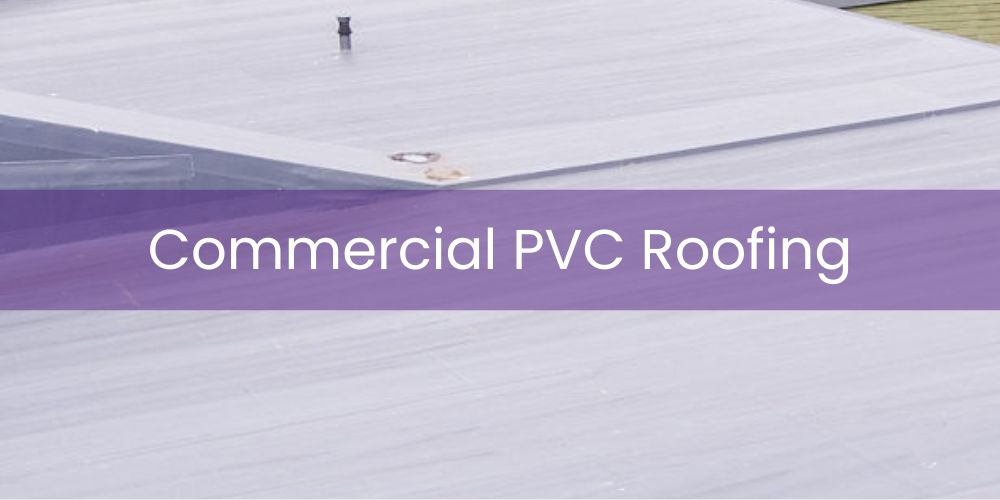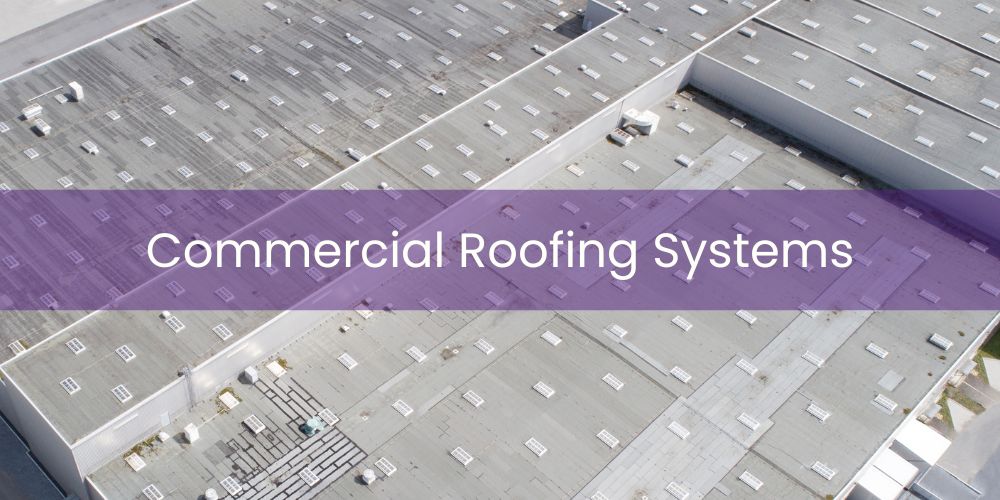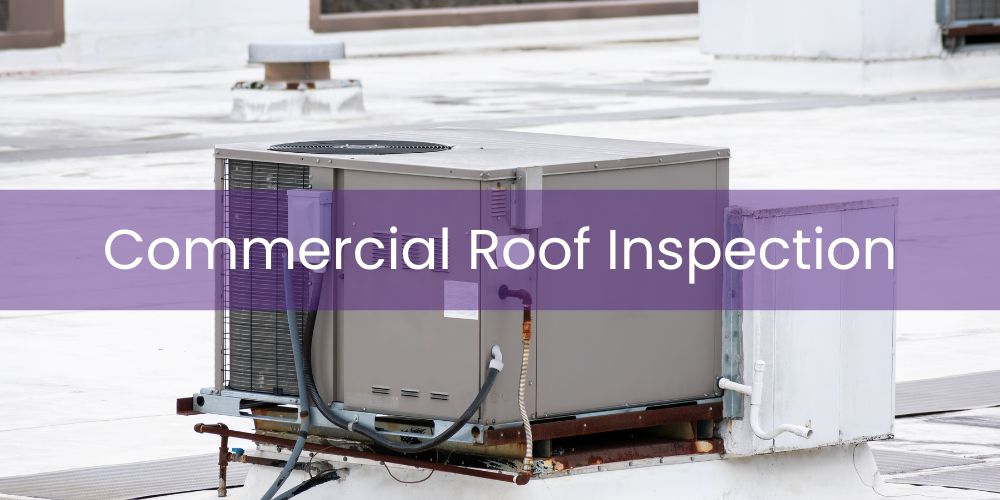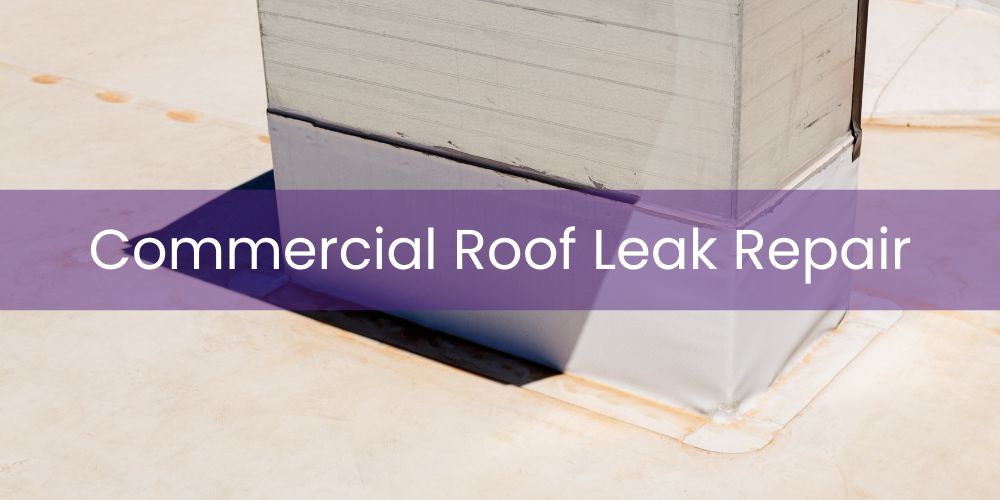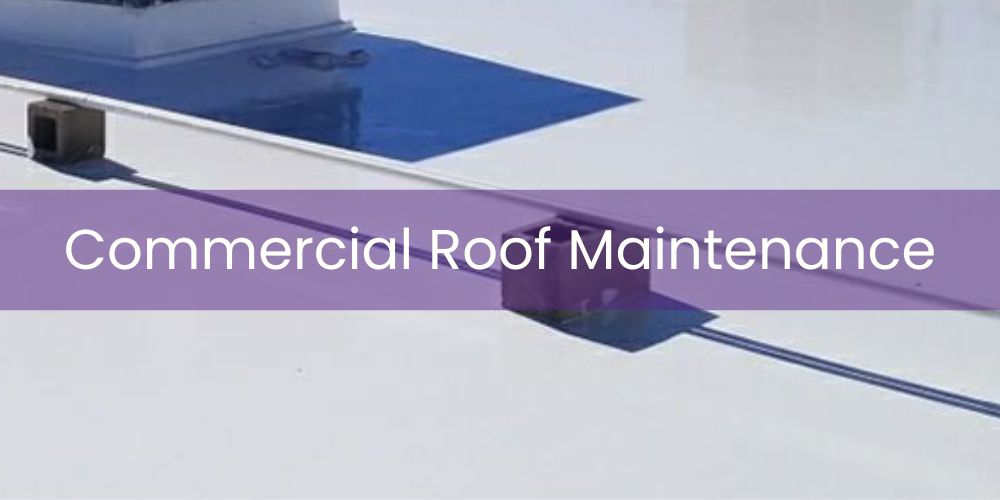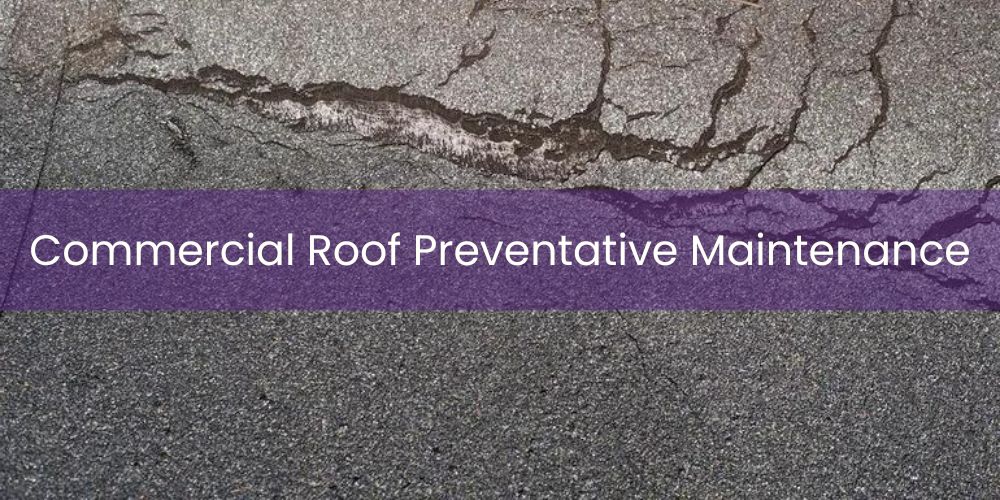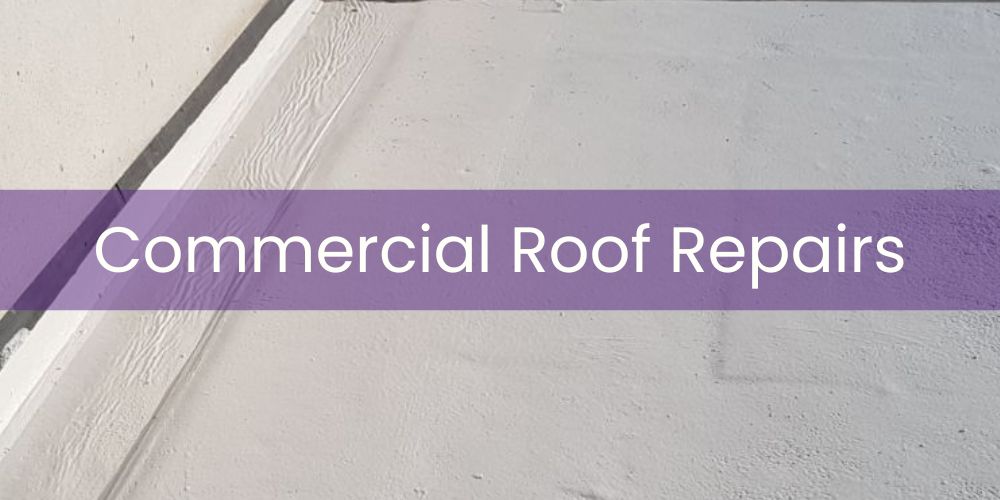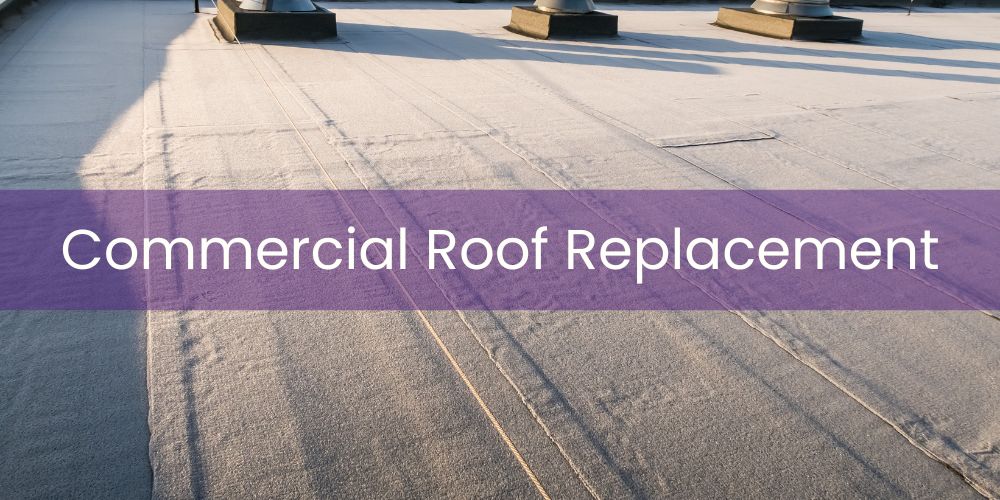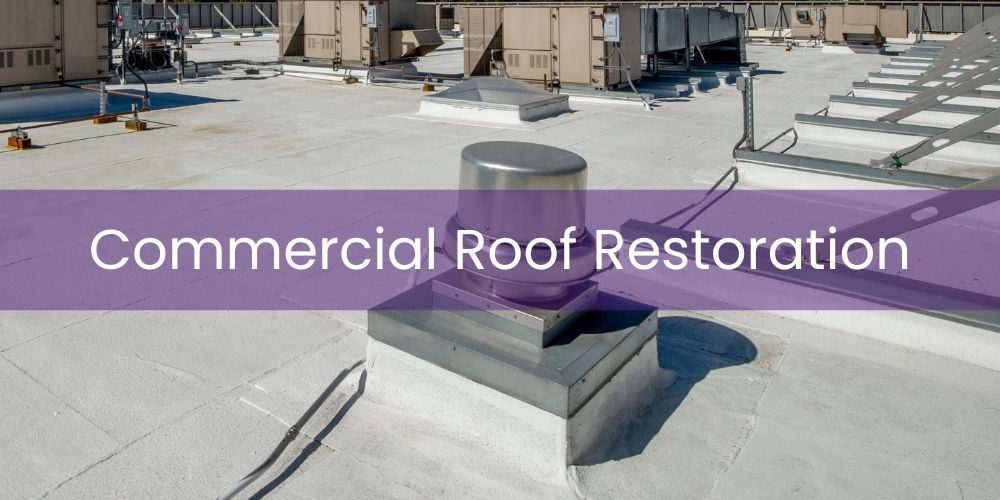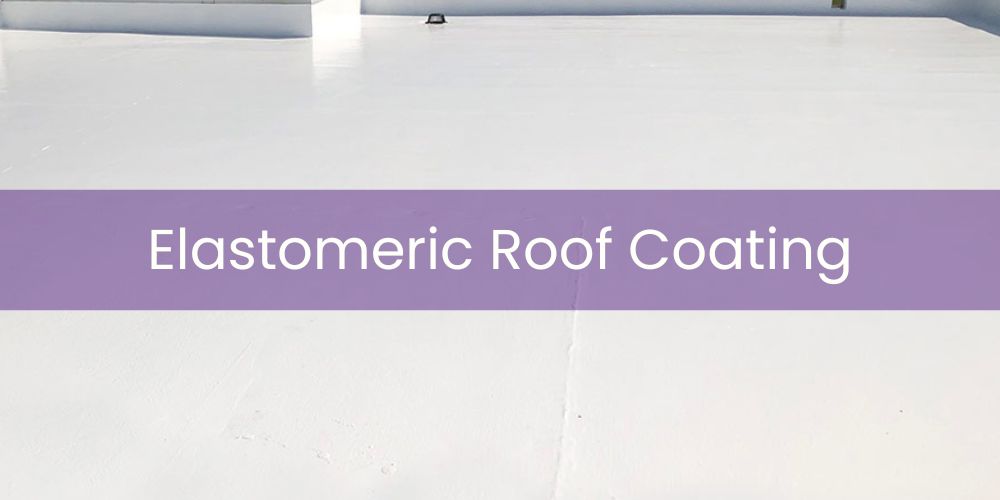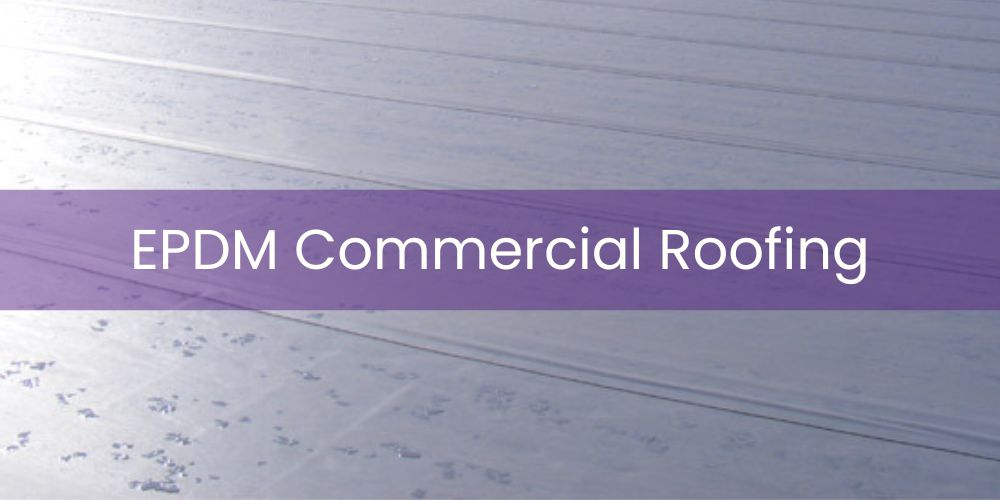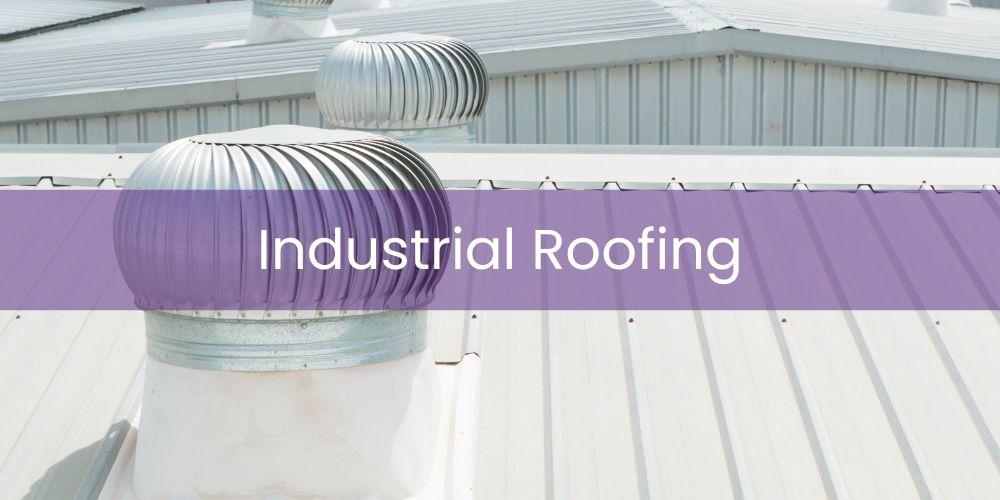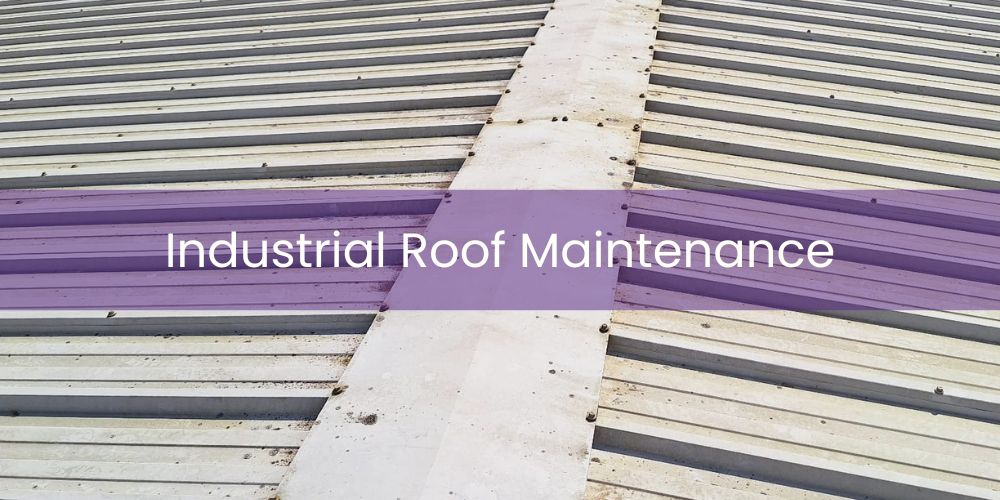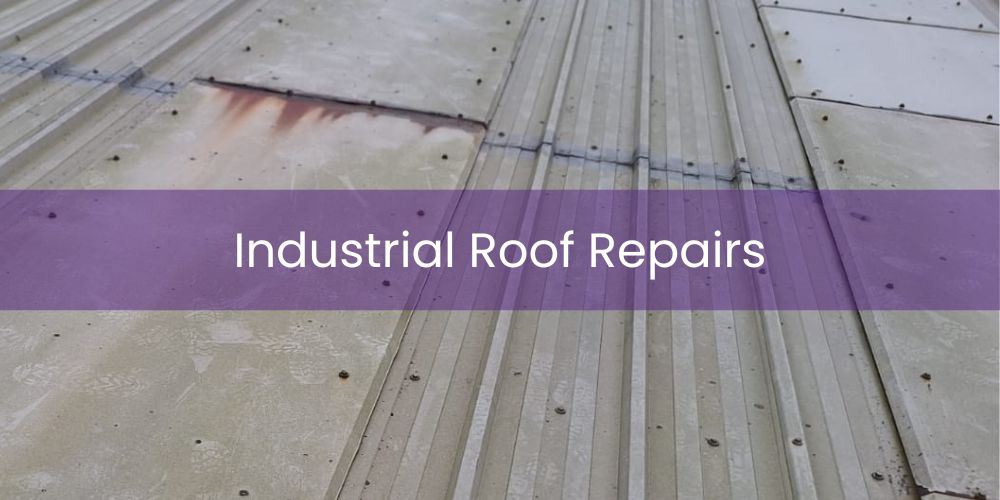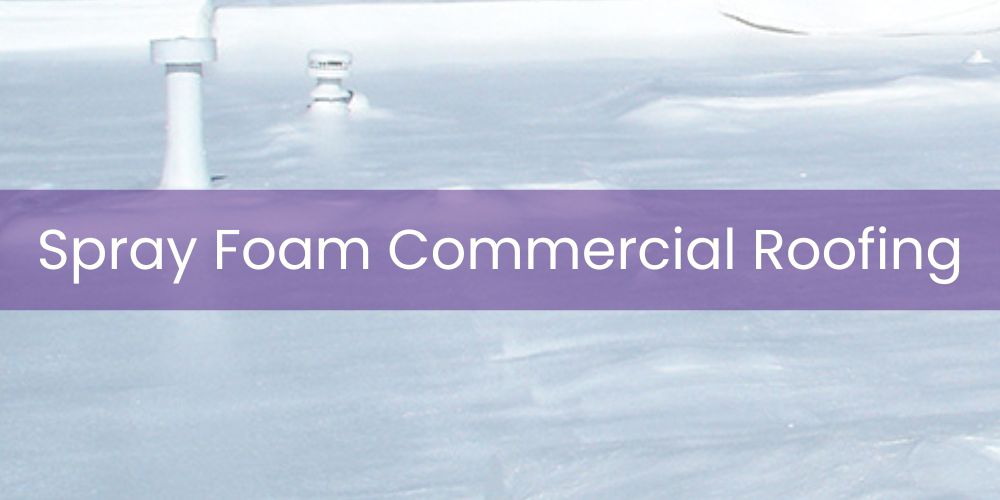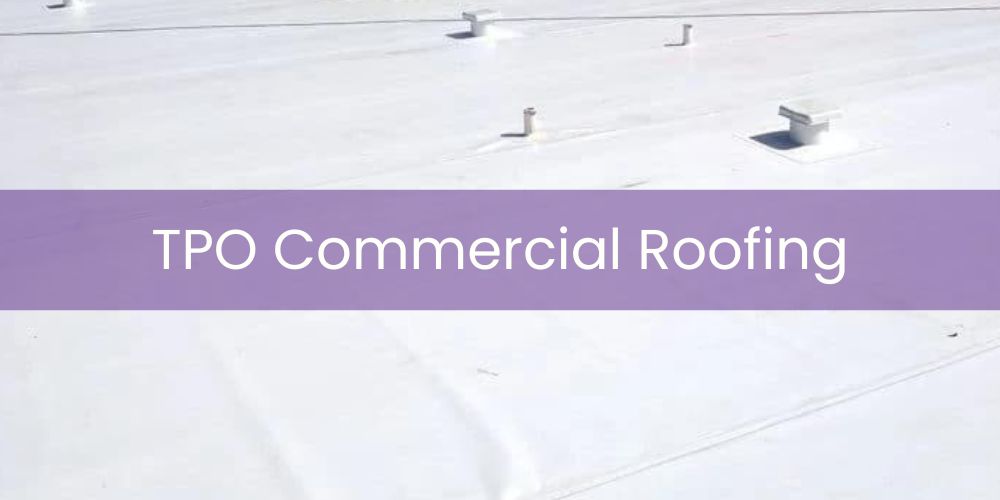Commercial Roofing Los Angeles: Serving LA, Orange County & Southern California
Commercial Roofing Los Angeles deliver expert commercial roofing solutions to Los Angeles County, Orange County and the whole Southern California area. The commercial roofing services provided by Commercial Roofing Los Angeles include; new roof installations, repairs, restoration, maintenance, roof replacements and inspections. All of our services are customized to meet the precise needs of commercial and industrial roofing across the Los Angeles area. At Commercial Roofing Los Angeles our focus is delivering precision commercial roofing solutions with the durability and properties to handle the city's changing weather conditions. From performing in the intense summer heat or enduring heavy rainstorms our precision roofing services are designed for performance. At Commercial Roofing Los Angeles we will utilize cutting-edge roofing materials and use the most up to date installation, repair and inspection techniques. Our primary focus is to deliver long-lasting protection to your building by ensuring your roof has the longest service life possible.
Commercial roofing involves the installation, repair, and maintenance of commercial building roofs. The types of buildings which commercial and industrial roofing cover includes; offices, warehouses, distribution centers and industrial spaces. Commercial roofs are typically flat or low-slope and make use of materials such as; TPO, PVC, EPDM, metal panels, built-up roofing or specialist roof coatings. Commercial roofing systems are designed for long-term performance. Commercial roofing systems should have these key characteristics; durability, the ability to effectively manage drainage, energy efficiency and resistance against weather conditions it will encounter. The ultimate objective of commercial roofing is to protect the building it covers and the assets within the commercial building. To maximize the lifespan of commercial roofing, regular maintenance and timely repairs are vital.
Table Of Contents
- What Is Commercial Roofing?
- What Commercial Roofing Systems Are Used In Los Angeles?
- What Should Be Considered When Choosing A Commercial Roofing Material In The Los Angeles Area?
- How Does Title 24 Apply To Commercial Roofing In Los Angeles?
- What Are The Best Ways To Extend The Lifespan Of A Commercial Roof In LA?
- How Much Does Commercial Roofing In LA Cost?
What Is Commercial Roofing?
Commercial roofing involves the installation, repair, and upkeep of roofing systems designed for commercial buildings, such as factories, office buildings, warehouses and shopping centers. Commercial roofs are normally flat or low-sloped and rely on durable materials such as TPO, PVC, EPDM, metal panels, built-up roofing (BUR) or specialist roof coatings. If commercial roofing does not have the correct maintenance it can encounter a number of issues. The issues which commercial roofing can encounter include; membrane shrinkage, water pooling, UV degradation and roof leaks. All of these potential commercial roofing issues can accelerate wear and lead to expensive roof repairs. Quality roofing for commercial buildings will provide; durable long term protection, enhanced energy efficiency and reduced operational expenses.
Commercial roofing in Los Angeles and the Southern California area needs to be; durable, energy efficient, and resistant to extreme heat. Commercial roofs in Los Angeles and Southern California need to endure temperatures which exceed 100°F in summer. This means roofing systems for commercial and industrial buildings in the Los Angeles area need to be designed to reflect solar radiation and minimize heat absorption. For this reasons cool roofs have begun to dominate in the Los Angeles area. Cool roofs are roofing systems designed to reflect more sunlight and absorb less heat than standard roofs. Cool roofs consist of materials like; reflective coatings, single-ply membranes, or light-colored surfaces. The ultimate goal of cool roofs is to reduce energy consumption and lower indoor temperatures. The California Energy Efficiency Standards (Title 24) require cool roofs for new or replacement low-slope roofs on nonresidential buildings, hotels, motels, and multifamily buildings. The research A Conceptual Review of the Potential of Cool Roofs as an Effective Energy Efficiency Measure published in Frontiers in Energy Research in 2021, states “cool roofs reflect a substantial fraction of incoming sunlight and retain the roof surface lower than conventional roofs, decreasing heat conduction into the building and its cooling load” and “under typical summer conditions, these enhancements translate to significant reductions in roof temperatures, ranging from 9.4°C to 14.0°C”.
Commercial roofing in Los Angeles, Orange County and the Southern California area must also be able to withstand seismic activity. Seismic activity is the movement of the Earth's crust initiated by natural forces such as tectonic plate shifts, resulting in earthquakes, tremors, or ground vibrations. Los Angeles, is located along the San Andreas Fault and experiences frequent seismic events. This means in the Los Angeles area it is essential for commercial buildings to have flexible, earthquake-resistant roofing systems which can withstand structural movement. For this reason it is important commercial roofs are able to handle movement without failure. This is highlighted by the research Influence of the Roofing System on the Seismic Performance of Single-Layer Spherical Reticulated Shell Structures in Buildings (2022) states “the roofing system can greatly change the seismic response and failure of a shell under strong earthquake conditions”.
Commercial roofing in Los Angeles, Orange County and the Southern California area must also take into account the possibility of sudden heavy rains. Despite the Los Angeles area having a dry climate, commercial roofs need to be able to endure these heavy rains. Particularly during El Niño years, these sudden rains can overwhelm poorly designed commercial roof drainage systems. To be prepared for sudden heavy rains, commercial roofs should incorporate tapered insulation, reinforced seams, and high-performance coatings. Having a commercial roofing system with these characteristics helps to prevent roof leaks and ponding water.
Fire resistance is another crucial consideration for commercial roofing in the Los Angeles area. California's building codes mandate stringent fire safety requirements for commercial roofs. The California Building Code states commercial properties in fire-prone areas must have roofs with fire-resistant coverings classified as either Class A or Class B. Class A fire-rated roofing systems provide the highest level of protection against severe fire exposure. These systems are tested according to standards such as ASTM E108 or UL 790, which evaluate their ability to resist flame spread, burning material, and structural damage. Commercial roof materials which are classified as Class A include; concrete tiles, slate roofing, metal roofing and some types of single ply membranes (typically TPO and PVC roofing with fire retardants added to their composition).
Commercial roofs in Los Angeles, Orange County and Southern California must be able to endure sweltering heat, seismic shifts and sudden downpours. Choosing the right roofing system for your commercial building can make the difference between a roof which provides decades of protection and one which fails prematurely with the high cost associated with roof failure.
Have a question about an upcoming project?
What Commercial Roofing Systems Are Used In Los Angeles?
The commercial roofing systems used in Los Angeles are normally cool roofs; the materials used in cool roofing are TPO, EPDM, PVC, metal, built-up roofing and liquid applied membranes or coatings. Cool roofs are widely used due to their compliance with California Title 24 standards. Since January 1, 2015, Los Angeles requires cool roofs for new construction, additions, and alterations covering more than 50% of the total roof or 2,000 square feet.
- TPO Roofing
- EPDM Roofing
- PVC Roofing
- Metal Roofing
- Modified Bitumen Roofing
- Built-Up Roofing (BUR)
- Liquid Applied Membranes
1. TPO Roofing
TPO roofing is a durable, single-ply thermoplastic membrane made from polypropylene and ethylene-propylene rubber. TPO membranes are available in 45-mil, 60-mil, and 80-mil thicknesses, with thicker options offering greater puncture resistance and longevity. During installation TPO is heat-welded at the seams, which creates a watertight bond enhancing protection from leaks. TPO installation can be mechanically attached, fully adhered, or ballasted to suit different building needs. Many manufacturers of TPO membranes offer warranties ranging from 15 to 30 years, ensuring long-term performance and reliability. Known for its energy efficiency and long-lasting performance, TPO roofing resists UV radiation, chemical exposure, and punctures. These excellent resstance properties make TPO a reliable choice for commercial properties. In Los Angeles and Southern California, TPO's reflective surface significantly reduces heat absorption, lowering cooling expenses during hot weather. Modern TPO systems comply with California’s Title 24 energy standards, reinforcing their energy-saving benefits. With a typical lifespan of 15 to 30 years, TPO roofing provides cost-effective protection at $5–$9 per square foot. TPO roofing's blend of affordability, resilience, and energy efficiency is the reason for it being a leading choice for commercial properties across Los Angeles, Orange County, and the broader Southern California region.
2. EPDM Roofing
EPDM (Ethylene Propylene Diene Monomer) roofing is a high-performance synthetic rubber membrane designed for exceptional durability, flexibility, and weather resistance. In Los Angeles, white EPDM is used to comply with Title 24 energy standards and the city's cool roof ordinance, providing superior UV resistance and solar reflectivity to reduce cooling costs. With its strong puncture resistance and elasticity, EPDM is well-suited for commercial buildings with heavy rooftop traffic or extensive mechanical systems. Its flexibility allows it to withstand thermal expansion, contraction, and seismic movement, making it an ideal choice for structures in earthquake-prone regions like Los Angeles. Installation options include ballasted, fully adhered, and mechanically attached systems, offering versatility based on building requirements. EPDM is also known for its low maintenance demands, reducing long-term ownership costs for commercial property owners. With a lifespan of 20–30 years and manufacturer warranties available up to 30 years, EPDM provides a cost-effective, reliable roofing solution that meets both durability and energy efficiency standards. Its proven performance and sustainability make it a top choice for commercial and industrial properties across Los Angeles, Orange County, and the broader Southern California region.
3. PVC Roofing
PVC (Polyvinyl Chloride) roofing is a thermoplastic membrane with heat-welded seams and exceptional chemical resistance. In Los Angeles’s commercial sector, PVC meets Title 24 energy requirements with its highly reflective white surface, reducing heat absorption and lowering cooling costs. Its ability to withstand chemicals, grease, and pollutants makes it ideal for Los Angeles restaurants, laboratories, and manufacturing facilities, where rooftops face harsh environmental exposure. Like other thermoplastic membranes, PVC excels in seismic zones, maintaining flexibility and structural integrity during building movement and temperature fluctuations. Beyond its durability, PVC roofing provides superior wind uplift resistance due to its strong welded seams and secure attachment methods. It can be mechanically fastened, fully adhered, or ballasted, ensuring a customized solution for various commercial roofing projects across Los Angeles.
4. Metal Roofing
Metal roofing is a durable, long-lasting system made from steel, aluminum, or other metal panels, offering superior weather resistance, fire protection, and energy efficiency for commercial and industrial buildings. With proper maintenance, metal roofing systems last 40 to 70 years, making them a cost-effective investment for businesses seeking long-term value. Designed to endure extreme weather, metal roofs withstand high winds, hail, and heavy rain, with impact-resistant materials and wind ratings exceeding industry standards. This makes them ideal for industrial and commercial facilities in demanding environments. To enhance energy efficiency, reflective coatings and cool roof finishes significantly reduce heat absorption, cutting cooling costs by up to 40 percent in warm climates. With a variety of profiles and finishes, metal roofing delivers both functionality and modern aesthetics, catering to businesses that need durability without compromising design. This combination of strength, efficiency, and minimal maintenance makes metal roofing a leading choice for commercial applications in Los Angeles.
5. Modified Bitumen Roofing
Modified bitumen roofing is a multi-layered asphalt-based system reinforced with fabrics and polymers, offering enhanced flexibility, durability, and waterproofing for flat and low-slope commercial roofs. Modified bitumen roofing is a durable solution for flat and low-slope commercial roofs in Los Angeles, offering exceptional water resistance and long-term durability. This system consists of multiple layers of bitumen reinforced with fabrics, ensuring resilience under heavy foot traffic and extreme weather conditions. Compatible with reflective coatings, modified bitumen can lower rooftop temperatures. This energy-saving feature helps businesses meet California Title 24 standards while significantly reducing cooling costs during Los Angeles’s warm months. Its versatility makes it an excellent choice for a wide range of commercial and industrial applications, adapting easily to various structural needs. With a lifespan of 20 to 30 years and minimal maintenance requirements, modified bitumen roofing offers a cost-effective balance of performance and protection, making it a top choice for property owners looking to maximize long-term value.
6. Built-Up Roofing (BUR)
Built-up roofing (BUR) is a multi-layered roofing system composed of alternating layers of bitumen, reinforcing fabrics, and protective surfacing materials, creating a durable, waterproof barrier for flat and low-slope commercial roofs. Built-up roofing (BUR) has been a trusted solution for flat commercial roofs in Los Angeles for over a century, valued for its durability and proven performance. The system consists of alternating layers of bitumen, reinforcing fabrics, and surfacing materials, creating a durable, waterproof shield against leaks and harsh weather. With a lifespan of 20 to 30 years, BUR is ideal for roofs with high foot traffic or frequent maintenance needs. Its multi-layered design enhances drainage during Los Angeles' rainy season, preventing ponding water and ensuring long-term protection. Applying reflective coatings or energy-efficient gravel surfacing to BUR systems improves thermal performance, reducing cooling costs in warm climates. For property owners looking for a cost-effective, time-tested roofing system that delivers durability, energy savings, and long-term protection, BUR remains one of the most trusted choices in Los Angeles.
7. Liquid Applied Membranes
Liquid-applied membranes are advanced fluid waterproofing systems that form a seamless, monolithic coating over commercial roofing substrates. Widely adopted in Los Angeles’s commercial sector, these coatings feature a reflective white finish that meets Title 24 energy requirements while delivering superior waterproofing for complex roof geometries. These membranes seamlessly conform to irregular surfaces and complex penetrations, making them indispensable for Los Angeles commercial properties with extensive rooftop equipment and intricate architectural details. Unlike traditional sheet membranes, liquid-applied systems completely eliminate seams, which are one of the most common points of roof failure, while ensuring superior adhesion to the substrate. Engineered for Los Angeles’s seismic conditions, liquid-applied membranes maintain flexibility and structural integrity during building movement. Additionally, their renewable nature allows for periodic recoating, extending the roof’s lifespan while minimizing long-term maintenance costs.
What Should Be Considered When Choosing A Commercial Roofing Material In The Los Angeles Area?
When choosing a commercial roofing material in the Los Angeles area, it is crucial to consider; climate resilience, energy efficiency, local building codes, material availability, and contractor expertise. The hot and sunny climate demands roofing materials that can withstand high temperatures and UV radiation, making reflective and heat-resistant materials highly desirable. Energy efficiency is vital due to rising utility costs, so opting for roofs with cool roofing systems can help reduce energy bills. Familiarity with local building codes is necessary to ensure compliance, while access to high-quality materials can impact timelines and budget. Lastly, hiring experienced local contractors who understand the unique roofing challenges of Los Angeles ensures a durable and sustainable roofing solution.
- Climate Resilience
- Energy Efficiency
- Local Building Codes
- Material Availability
- Contractor Expertise
1. Climate Resilience
Climate resilience refers to the ability of a system to anticipate, prepare for, and respond to hazardous events, trends, or disturbances related to climate. In the context of commercial roofing in Los Angeles, climate resilience is crucial due to the city's susceptibility to extreme weather events, including intense heat, wildfires, and occasional El Niño-induced heavy rains. Roofs must be constructed to withstand high temperatures and UV radiation, which can cause materials to degrade rapidly. Innovative roofing technologies such as reflective coatings and green roofing systems are increasingly adopted in Los Angeles to enhance resilience and reduce urban heat. Implementing such resilient roofing solutions can also improve energy efficiency and reduce repair and maintenance costs over time.
2. Energy Efficiency
Energy efficiency involves using less energy to perform the same task or produce the same result, effectively reducing energy waste. For commercial roofing in Los Angeles, energy efficiency is a significant concern due to the area's high energy costs and frequent heatwaves. Cool roofs, which are designed to reflect more sunlight and absorb less heat than standard roofs, are a popular energy-efficient roofing option in Los Angeles. The widespread adoption of cool roofs has been supported by local building policies and incentives aimed at reducing the urban heat island effect and decreasing cooling energy costs. Los Angeles businesses can further capitalize on energy efficiency by integrating solar panels and other renewable energy technologies into their roofing systems.
3. Local Building Codes
Local building codes are regulations set by municipalities or other local authorities that dictate the construction standards for buildings, including materials, design, and safety features. In Los Angeles, commercial roofing projects must comply with stringent local building codes that address both seismic activity and environmental sustainability. These codes often require the use of materials that meet specific fire resistance and energy efficiency standards due to the city's fire-prone environment. Regular updates to these codes ensure that roofing practices stay aligned with technological advancements and environmental concerns. Compliance with local building codes is crucial for the safety, legality, and long-term operational cost savings of commercial roofing projects in Los Angeles.
4. Material Availability
Material availability refers to the accessibility and supply of construction materials needed for building projects. In Los Angeles, material availability for commercial roofing can be influenced by factors such as global supply chain issues and local demand spikes caused by rebuilding needs after natural disasters. Commonly used materials like asphalt shingles, metal, and thermoplastic membranes are generally available, but the city’s commitment to sustainability means there's a growing preference for eco-friendly and locally-sourced materials. Ensuring the availability and timely delivery of these materials is essential for the swift completion of commercial roofing projects. Local suppliers often play a pivotal role in meeting the demands of Los Angeles' dynamic construction market.
5. Contractor Expertise
Contractor expertise refers to the level of skill and knowledge that roofing contractors possess, impacting their ability to deliver quality work. In Los Angeles, the expertise of commercial roofing contractors is pivotal due to the region's unique challenges, such as seismic activity, an intense climate, and stringent building codes. Reputable contractors in Los Angeles are often well-versed in the latest roofing technologies and environmentally-sustainable practices. They must also possess knowledge of local regulations and have experience dealing with diverse materials like cool roofs and solar-integrated systems. Selecting contractors with specialized expertise ensures that commercial roofing projects meet safety, efficiency, and durability standards in Los Angeles.
How Does Title 24 Apply To Commercial Roofing In Los Angeles?
Title 24 applies to commercial roofing in Los Angeles by setting energy efficiency standards which commercial roofing contractors must follow to reduce energy consumption and improve building performance. These regulations require materials like reflective coatings and cool roof systems to meet specific solar reflectance and thermal emittance thresholds, helping to lower cooling costs in the city's warm climate. A commercial roofing contractor ensures compliance by using approved materials and designs which align with California's sustainability goals, reducing energy use and greenhouse gas emissions. Meeting Title 24 standards also provides property owners with long-term cost savings and potential incentives.
- Energy Efficiency Standards
- Cool Roof Requirements
- Material Compliance
- Sustainability Goals
- Cost Savings
1. Energy Efficiency Standards
Title 24 establishes detailed guidelines aimed at enhancing the energy efficiency of commercial buildings, with roofing systems serving a vital role. By targeting reduced energy consumption, these regulations help property owners lower operational expenses while supporting environmental goals. Commercial roofing contractors in Los Angeles must incorporate energy-efficient materials which minimise heat transfer and reduce thermal retention. These standards also address the urban heat island effect, a condition where cities endure higher temperatures due to heat-absorbing surfaces like roofs. According to the California Energy Commission, compliant roofing systems can decrease cooling energy demands by as much as 15%, offering significant cost savings and environmental benefits.
2. Cool Roof Requirements
Cool roofing materials are central to Title 24 compliance, chosen for their ability to reflect sunlight and release stored heat. Commercial roofing contractors often implement solutions like reflective membranes, light-coloured coatings, and tiles to meet required solar reflectance and thermal emittance levels. For instance, cool roofs are expected to achieve a solar reflectance of 0.70 and a thermal emittance of 0.75, as reported by the Cool Roof Rating Council. These attributes lower heat absorption, cutting rooftop temperatures by as much as 50°F during peak summer periods, and substantially reducing cooling expenses. Cool roof systems are particularly effective in Los Angeles, where extended sunlight exposure and high temperatures necessitate advanced cooling measures. Compliance ensures buildings remain energy-efficient and aligned with Title 24 mandates, helping businesses achieve sustainability goals.
3. Material Compliance
Roofing materials approved under Title 24 must meet rigorous standards for durability, thermal performance, and energy efficiency. These requirements are tailored to ensure roofing systems remain effective in Los Angeles' demanding climate, which includes prolonged sunlight exposure, occasional rainfall, and seasonal temperature variations. Materials such as reflective membranes, cool roof coatings, and advanced thermoplastics are commonly used to meet these benchmarks. For instance, Title 24 mandates reflective surfaces achieve specific solar reflectance and thermal emittance levels, improving energy efficiency and extending the lifespan of roofing systems. According to the Cool Roof Rating Council, these materials can reduce rooftop temperatures by as much as 50°F, significantly lowering the strain on HVAC systems. Compliance ensures the commercial roofing company conducting works provide a solution which provides both long-term durability and optimal energy performance.
4. Sustainability Goals
Title 24 directly supports California’s ambitious environmental objectives by encouraging the adoption of energy-efficient roofing systems. These regulations aim to reduce energy consumption in commercial buildings, contributing to statewide goals for cutting greenhouse gas emissions. Cool roofs and other compliant materials lower energy use by reflecting solar radiation and minimizing the need for air conditioning, a key factor in densely populated areas like Los Angeles. The California Energy Commission highlights widespread compliance with Title 24 could reduce statewide energy use by millions of kilowatt-hours annually. This makes sustainable roofing not only an environmental necessity but also an integral part of California's efforts to combat climate change and meet renewable energy targets.
5. Cost Savings
Adhering to Title 24 standards offers commercial property owners significant financial benefits in addition to energy efficiency. By incorporating compliant materials, businesses can reduce cooling costs by up to 20%, according to the California Energy Commission, helping offset installation expenses over time. Many Title 24-compliant roofing systems also qualify for energy efficiency rebates and tax incentives, further reducing the cost of implementation. For example, the Savings By Design program provides financial rewards to property owners who exceed Title 24 energy standards in their building designs. Beyond monetary savings, these systems contribute to better thermal comfort within buildings, reducing reliance on air conditioning and enhancing employee productivity. This combination of cost-effectiveness and operational improvements makes Title 24 compliance a valuable investment for businesses.
What Are The Best Ways To Extend The Lifespan Of A Commercial Roof In LA?
The best ways to extend the lifespan of a commercial roof in Los Angeles include; regular inspections, timely roof repairs, and preventative maintenance. Scheduling routine inspections helps identify early signs of damage, such as leaks or worn materials, allowing for prompt action before issues worsen. Implementing a maintenance plan, including cleaning debris and ensuring proper drainage, reduces the risk of water damage and structural deterioration. Partnering with a professional commercial roofing contractor ensures expert care and long-term performance.
- Schedule Regular Inspections
- Perform Timely Repairs
- Implement Preventative Maintenance
- Work with a Professional Contractor
1. Schedule Regular Inspections
Scheduling routine roof inspections is one of the most effective ways to maintain the health and longevity of a commercial roof. These inspections should ideally be conducted twice a year and after major weather events, such as storms or heavy rain. A roof inspection allows professionals to identify small issues, such as tiny punctures, areas of pooling water, or damaged flashing, that can grow into significant problems if left unaddressed. Additionally, inspections help ensure compliance with warranties and local building codes, providing documentation of the roof's condition over time. By staying proactive with inspections, commercial property owners can significantly reduce the risk of unexpected roof repairs and extend the roof’s lifespan by years.
2. Perform Timely Roof Repairs
Performing roof repairs promptly is critical for avoiding further damage and protecting the structural integrity of your roof. A minor issue like a small leak or torn membrane can lead to water infiltration, mold growth, or compromised insulation if not resolved quickly. Timely commercial roof repairs following an inspection is especially important in Los Angeles, where seasonal rains and fluctuating temperatures can exacerbate existing vulnerabilities. Working with good roofing contractor ensures the commercial roof repairs are carried out correctly with the appropriate materials. Addressing problems as soon as they are identified not only extends the service life of the roof but also minimizes the costs of commercial roof repairs by preventing issues from escalating.
3. Implement Preventative Maintenance
Preventative maintenance involves consistent, proactive efforts to address potential issues before they become costly problems. Key tasks include removing debris, such as leaves or branches, which can clog drains and cause water pooling that leads to leaks and structural damage. Maintaining proper drainage is especially crucial for flat roofs, where standing water accelerates material deterioration. Sealing small cracks or gaps during a regular roof inspection helps prevent water infiltration, which can compromise insulation and lead to costly interior damage. A tailored maintenance plan ensures all aspects of your roof are inspected and maintained systematically, reducing the likelihood of unexpected failures. Over time, preventative maintenance extends the lifespan of your roof while saving money by minimising the need for extensive repairs or premature replacement.
4. Work with a Professional Contractor
Engaging a professional commercial roofing contractor is vital to ensure your roof receives the highest standard of care. Contractors possess the expertise to perform thorough roof inspections, accurately diagnosing issues that may not be immediately visible, such as sub-surface moisture or hidden structural damage. They can also provide tailored recommendations, such as upgrading to reflective coatings to improve energy efficiency or addressing specific vulnerabilities based on the building’s location and design. Professional contractors often have access to advanced tools and durable materials, ensuring repairs and maintenance are completed to the highest industry standards. By building a relationship with a trusted contractor, you benefit from expert guidance, regular upkeep, and peace of mind knowing your roof is in capable hands.
How Much Does Commercial Roofing In LA Cost?
Commercial roofing in Los Angeles typically costs between $4 and $18 per square foot. However, the cost of commercial roofing in LA can vary depending on roof size, condition, location, and specific project requirements. TPO and modified bitumen are more affordable options, ranging from $4 to $9 per square foot, while premium systems like metal roofing can cost $10 to $18 per square foot due to their longevity and durability.
| Roofing System | Estimated Cost (Per Square Foot) |
|---|---|
| TPO (Thermoplastic Olefin) Roofing | $5–$9 |
| PVC Roofing | $7–$12 |
| EPDM Roofing | $6–$12.50 |
| Modified Bitumen Roofing | $4–$8 |
| Metal Roofing | $10–$18 |
| Built-Up Roofing (BUR) | $5–$9 |
Disclaimer: The pricing provided is an estimate and may vary based on factors such as roof size, condition, location, and specific project requirements. For accurate pricing, consult a professional roofing contractor.
